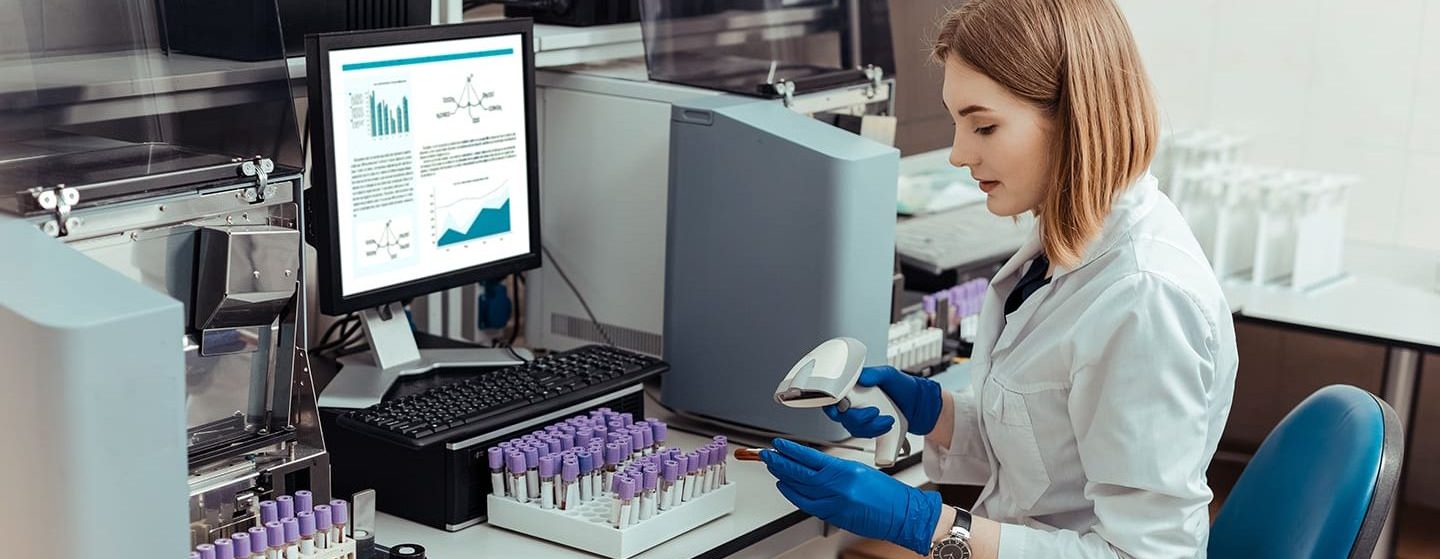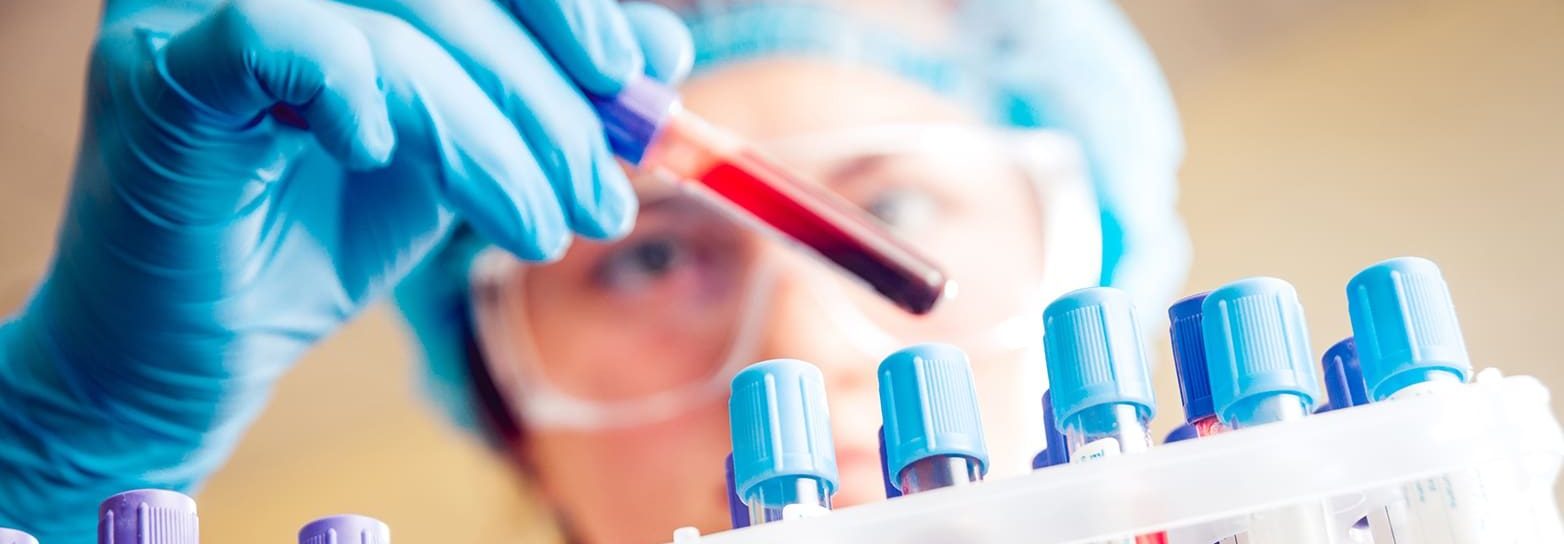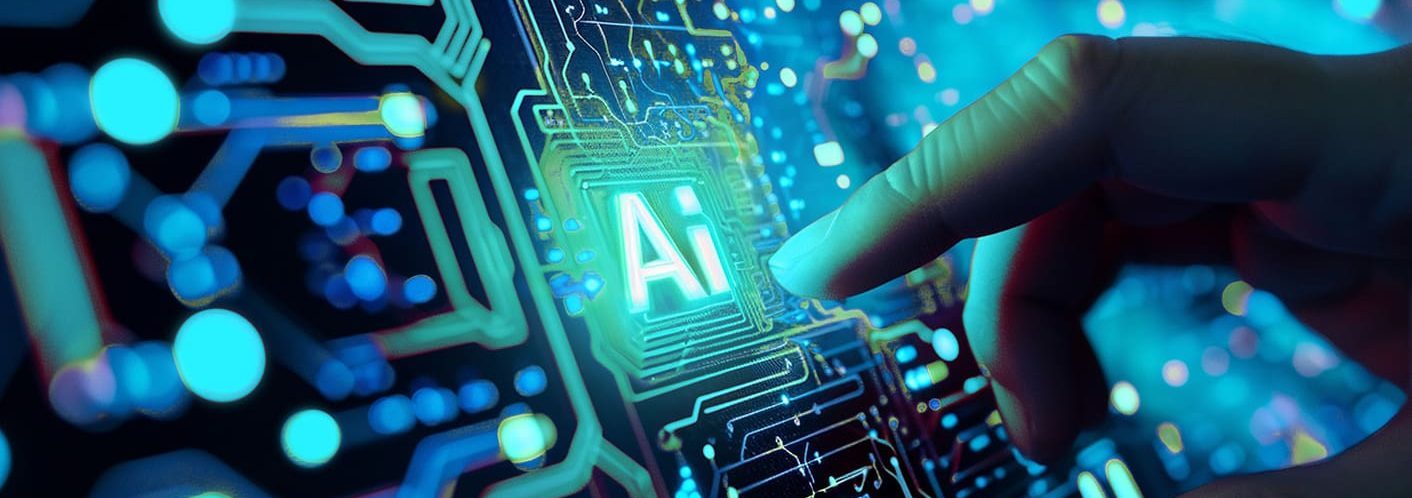The Future of In Vitro Diagnostics (IVD)

In vitro diagnostics (IVD) is transforming healthcare by enabling medical professionals to devise more personalized treatments, based on faster, more precise diagnoses. IVD tests play a critical role in detecting infections and genetic disorders, and in monitoring chronic diseases – in fact, nearly 70% of clinical decisions rely on such tests. The COVID-19 pandemic highlighted the importance of diagnostics, driving advancements in areas such as liquid biopsies, next-generation sequencing (NGS), and point-of-care (POC) testing.

Liquid biopsies allow professionals to monitor various conditions, including cancer, in a non-invasive albeit frequent way, while NGS enables doctors to identify genetic mutations and tailor treatments to patients’ unique needs. POC testing, powered by innovations such as wearable devices and “lab-on-a-chip” technology, offers real-time results, improving accessibility and reducing the burden on traditional lab testing.
As clinical laboratories evolve, the Clinical Lab 2.0 model is emerging, encouraging labs to collaborate with healthcare systems and public health entities to manage population health. This shift, driven by value-based care principles, aims to improve outcomes, reduce costs, and enhance the patient experience.

Artificial intelligence (AI) is another critical factor shaping the future of IVD. AI-driven tools are streamlining workflows, improving testing accuracy and assisting with complex diagnostic tasks such as image analysis. Not only do AI-based technologies increase laboratories’ efficiency – they also enable healthcare providers to make more informed decisions.
These innovations have turned IVD into a frontrunner in personalized, proactive healthcare, by offering more efficient, accurate, and accessible diagnostics.
To learn more about the full potential this progress holds, read the complete article available in PDF format.